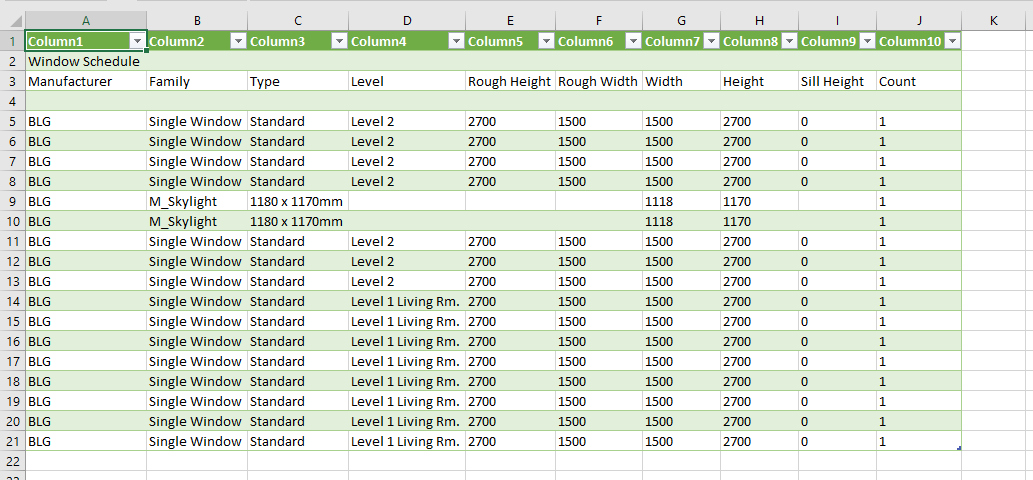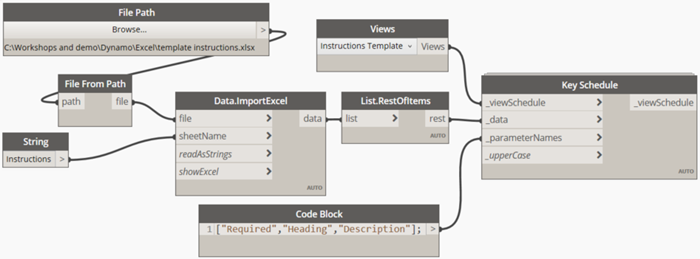Unlock New Possibilities with Innovative Revit Plugins
Damaging Obstacles: Excel Importation Techniques for Advanced Revit Users
Discover various information importation methods and master Excel assimilation to improve your Revit modeling capabilities. With our pointers and tricks, you can get over importation challenges and end up being a true expert in utilizing Excel for your Revit jobs.
Advanced Revit Users: Leveraging Excel for Importation
You can conveniently leverage Excel for importation as an innovative Revit user. Excel is a powerful tool that can substantially improve your operations and efficiency in Revit. With its capability to take care of large quantities of data and do intricate computations, Excel can be a valuable asset in managing and arranging your task info.
One way to take advantage of Excel for importation is by utilizing the "Web link Excel" attribute in Revit. This feature enables you to link an Excel spreadsheet directly right into your Revit task, allowing you to upgrade and integrate data in between both programs. When dealing with timetables or tracking modifications in your task., this can be especially beneficial.
One more way to make use of Excel is by utilizing the "Import/Export" attribute in Revit. This attribute allows you to import and export data between Revit and Excel, giving you the flexibility to collaborate with data in both programs. You can import data from Excel right into Revit to develop components such as areas, wall surfaces, or doors, and you can likewise export data from Revit to Excel for additional analysis or reporting.

Exploring Data Importation Approaches in Revit Utilizing Excel
Discovering how to import data from Excel into Revit offers effective techniques for integrating info. When you import data from Excel, you can effortlessly move information such as space routines, material lists, and equipment data right into your Revit project. This process allows you to conserve time and initiative by staying clear of hand-operated information entrance.
To import data from Excel into Revit, you can utilize the "Import/Export" feature. This function enables you to map the Excel data fields to the corresponding Revit parameters, guaranteeing that the details is appropriately appointed within the version. By choosing the proper import choices, you can control just how the information is imported and exactly how it engages with your project.
Another technique for importing information from Excel into Revit is by making use of Dynamo. With Dynamo, you can produce customized manuscripts that import data from Excel and control it within your Revit project.
Grasping Excel Integration for Advanced Revit Modeling
Grasping Excel integration for advanced Revit modeling involves using efficient techniques to seamlessly transfer information and automate jobs within your project. By utilizing the power of Excel, you can boost your Revit modeling process and save useful time. One vital technique is importing data from Excel spreadsheets straight into your Revit model. This allows you to populate specifications, such as area names or product amounts, effortlessly. With a couple of straightforward steps, you can map the Excel columns to the matching Revit criteria and import the information accurately.
Another useful technique is exporting information from Revit to Excel. This enables you to extract details from your design, such as routines or material quantities, and examine it in Excel using solutions, charts, or other powerful tools. By leveraging the capabilities of Excel, you can perform complex calculations, produce custom-made reports, and gain important understandings right into your project.
In enhancement to information transfer, Excel assimilation can automate repetitive tasks in Revit. By developing macros over at this website or manuscripts in Excel, you can automate procedures like creating sights, generating sheets, or using common family members - revit add ins. This not just conserves time but additionally makes certain uniformity throughout your job
To grasp Excel assimilation in Revit, it is crucial to recognize the information framework and just how Revit connects with Excel. By acquainting yourself with the available tools and techniques, you can unlock the complete potential of Excel assimilation and take your Revit modeling to the next level.
Overcoming Importation Obstacles: Excel Techniques for Revit Experts
When conquering importation obstacles, it's important to be familiar with effective Excel strategies that can profit professionals in Revit. As a sophisticated Revit user, you recognize the importance of effortlessly importing data from Excel into your tasks.

An additional useful technique websites is using the "Transpose" function in Excel. This enables you to convert information from rows to columns or the other way around. When importing information right into Revit, this can be especially handy when you have information in an upright format in Excel, however you need it to be in a straight layout in Revit.
Additionally, utilizing Excel solutions such as VLOOKUP and INDEX-MATCH can considerably assist in mapping data from Excel to Revit. These formulas permit you to look for certain worths in Excel and recover matching data from another column. This can conserve you effort and time when importing big datasets right into Revit.
Excel Data Importation Idea for Advanced Revit Users
By acquainting yourself with reliable Excel techniques and suggestions, you can improve your information importation process as an advanced customer of Revit. Additionally, utilizing Excel's "Paste Unique" feature permits you to paste data from Excel into Revit while keeping formatting, such as cell shade or font design. Another handy method is to use Excel's "Replace and discover" feature to promptly make adjustments to your information prior to importing it right into Revit.
Final Thought
You have actually now learned beneficial techniques for importing data from Excel into Revit as an innovative customer. Go ahead, damage those obstacles and stand out in your Revit projects!

When importing information into Revit, this can be particularly useful when you have information in an upright style in Excel, but you require it to be in a straight style in Revit.
Furthermore, using Excel formulas such as VLOOKUP and INDEX-MATCH can greatly aid in mapping data from Excel to Revit. Furthermore, making use of Excel's "Paste Special" feature permits you to paste information from Excel right into Revit while preserving formatting, such as cell color or font style.